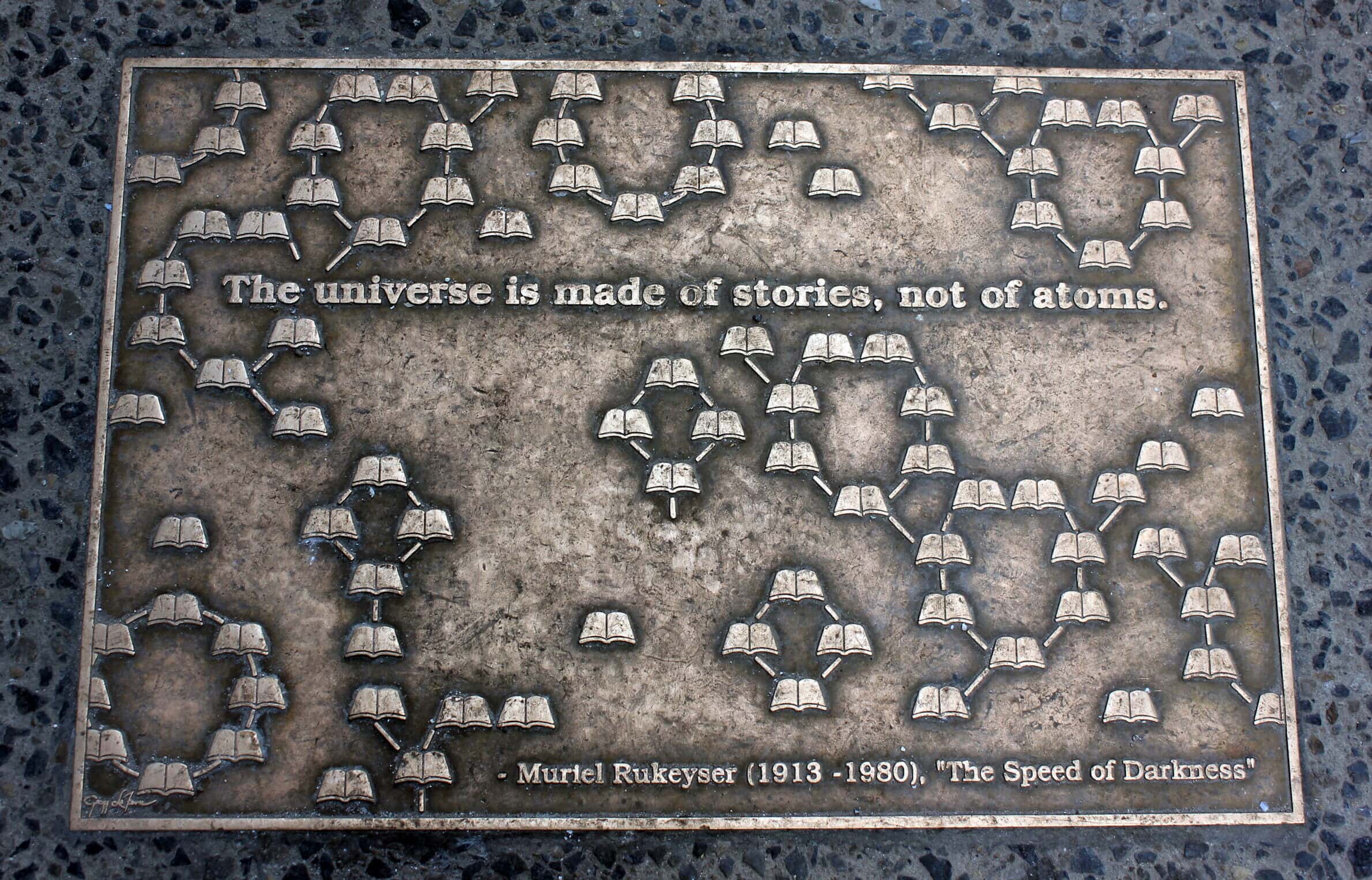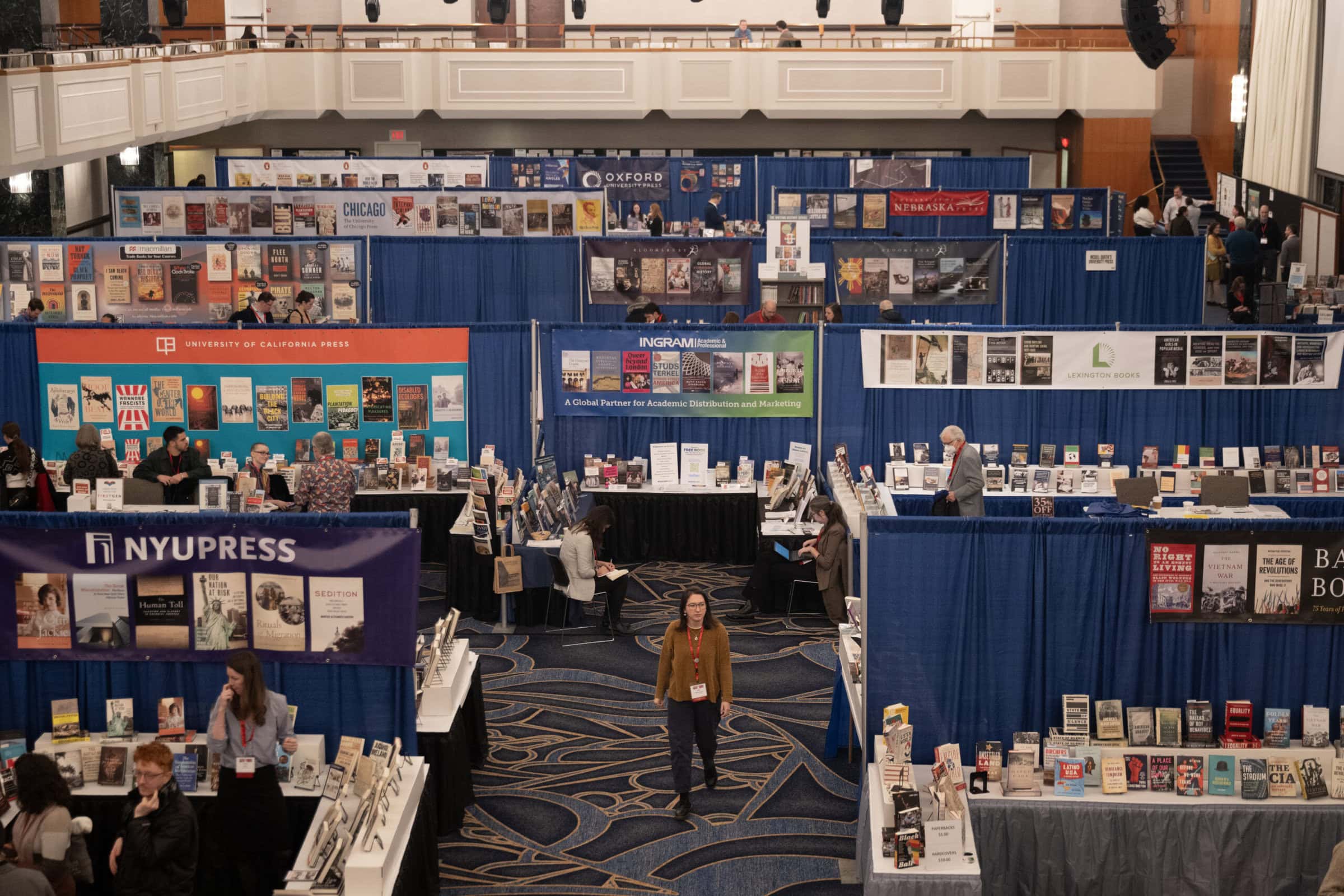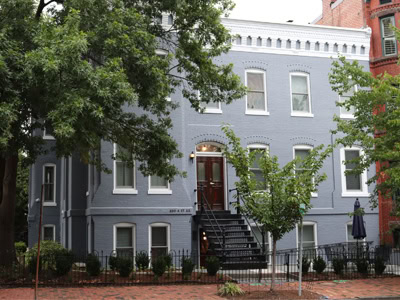“Do you think they can possibly make it?” muse the many Atlanta residents who speed past the fast rising Olympic stadium on their way to or from the city’s airport. That question and parallel ones about downtown transformations—a refurbished central-city park, an Olympic village at Georgia Tech, improvements in Piedmont Park—have been a main focus in the past months as the great event approaches. In response to Olympic fever, most of the city’s cultural institutions are plotting blockbuster events for spring and summer 1996. These events will unfortunately begin after the AHA annual meeting in January, but AHA members can be thankful that the crowds will be relatively scarce in January, allowing members to explore in peace Atlanta’s abundant array of sites for every interest.
Designed by Richard Meier, the High Museum of Art has long been considered the city’s premier art museum. The museum, which consists of six stories of windows encased in white enamel paneling, is but a 10-minute subway ride from the city center. It is part of a complex that includes the Atlanta Symphony and the Alliance Theatre. During the AHA meeting, the museum will feature two special exhibitions on abstract expressionism. Museum hours are Tuesday through Saturday, 10 a.m. to 5 p.m., and Sunday, 12 p.m. to 5 p.m. The High Museum also operates a small gallery in downtown Atlanta in the Georgia Pacific Building on Peachtree Street between the main meeting hotels and Underground Atlanta. Gallery hours are Monday through Saturday, 10 a.m. to 5 p.m.
A bit more challenging to reach but equally worth a tour is Emory University’s Michael C. Carlos Museum, which features a permanent collection of Egyptian, Greek, Hebrew, and pre-Columbian art. In January 1996 the museum will have a special exhibition entitled Embodiments: The Figure in Sub-Saharan African Art, which will include artifacts in wood, metal, ceramics, fiber, and fabric. The museum, which has a pleasant café, is open Monday through Saturday from 10 a.m. to 5 p.m., and on Sunday from 12 p.m. until 5 p.m. The Carter Presidential Center and Museum is also associated with Emory University. The center, which has a café and a lovely oriental garden, is located just off Highland Avenue between the university and downtown. It is open Monday through Saturday from 9 a.m. to 4:45 p.m., and on Sunday from 12 p.m. to 4:45 p.m.
Just to the east of the downtown hotels, in a major black historical district along Auburn Avenue, are the Martin Luther King, Jr., Center; the MLK Historic Site, which includes King’s birthplace, church, and grave; and the APEX Museum, which features African American art and culture. In the immediate downtown area are two institutions that, in different ways, illustrate Atlanta’s extension into the wider world. The first is The World of Coca-Cola, a high-tech monument to Georgia’s most famous export with interactive displays and multimedia museum exhibits. The World of Coca-Cola is open Monday through Saturday, 10 a.m. to 9:30 p.m., and Sunday, 1 p.m. to 6 p.m. The second institution is CNN, which offers studio tours on the hour, Monday through Friday, from 10 a.m. to 5 p.m., and on Saturday and Sunday from 10 a.m. to 4 p.m.
To the north of the city center, in the fashionable Buckhead area at Andrews Drive and West Paces Ferry Road, is the Atlanta History Center. The center, which includes a museum and archive, is situated on a 32-acre plot of gardens and trails and features two historic homes—the Swan House and the Tullie Smith Farm. The center is open Monday through Saturday, 9 a.m. to 5:30 p.m., and Sunday (archives excepted) 12 p.m. to 5:30 p.m. The center has a small, downtown branch at 140 Peachtree Street. The downtown center, which has changing exhibitions, is open Monday through Saturday, 10 a.m. to 6 p.m.
Those who enjoy walking might consider visiting Ansley Park, one of the city’s loveliest historic neighborhoods. Ansley Park is a few blocks east of the High Museum. From Ansley Park, walkers can go to the Atlanta Botanical Garden and Piedmont Park. Although the garden’s 60 acres of outdoor trails may have little in bloom in January, its glass-enclosed conservatory (open Tuesday through Saturday, 10 a.m. to 5 p.m., and Sunday 12 p.m. to 5 p.m.) features tropical Mediterranean and desert plants and is always worth a visit. In adjacent Piedmont Park, Atlanta’s version of Central Park, skaters, bicyclists, joggers, and walkers make an endless parade on weekends. By the time of the AHA meeting, extensive preparations for the Olympics should just about be completed. Come and see for yourself how far they still have to go to make it!
Walter L. Adamson is professor of history at Emory University and cochair of the Local Arrangements Committee for the 1996 AHA annual meeting.


